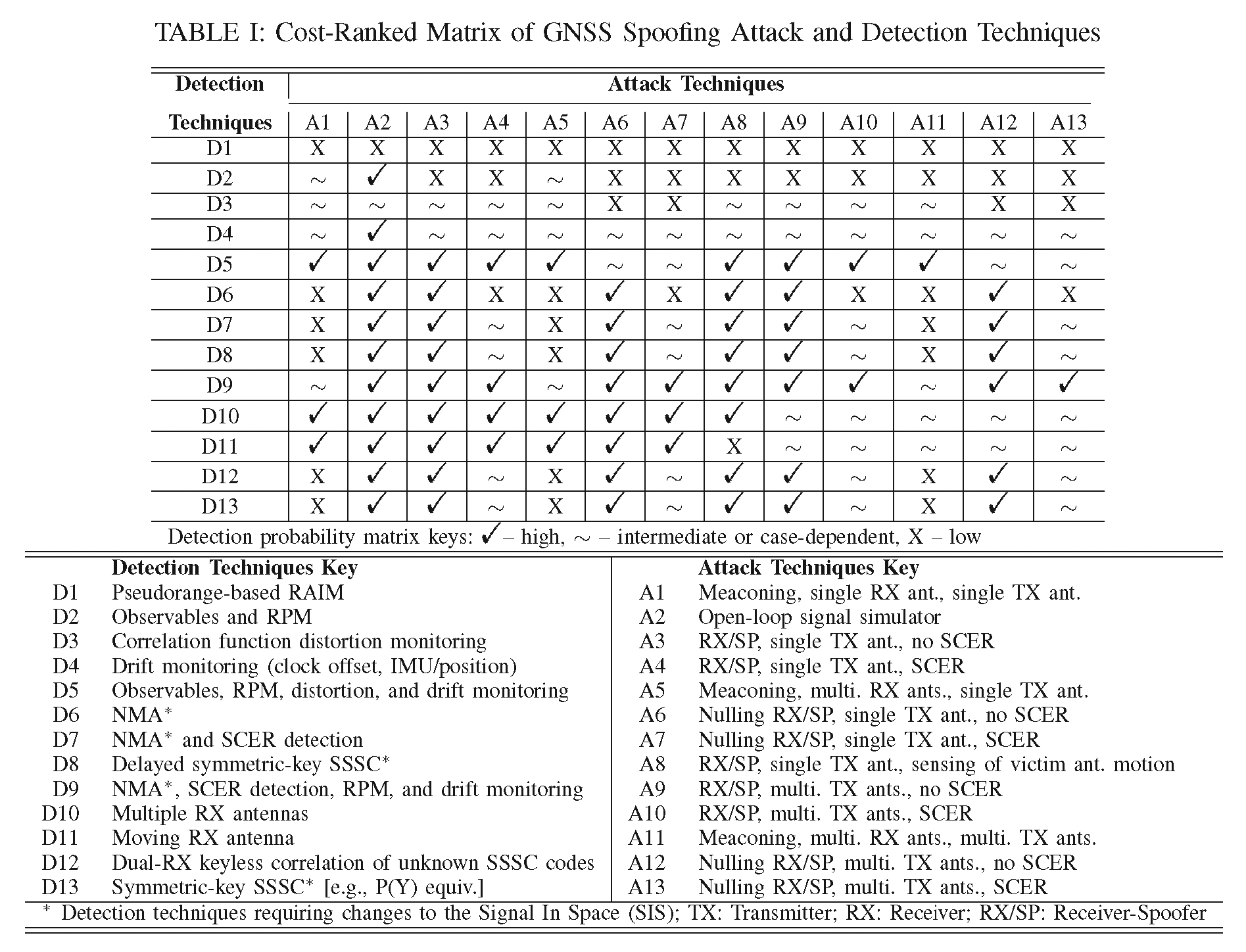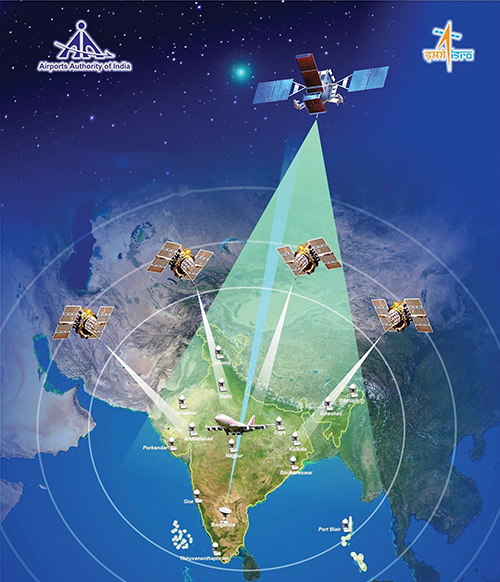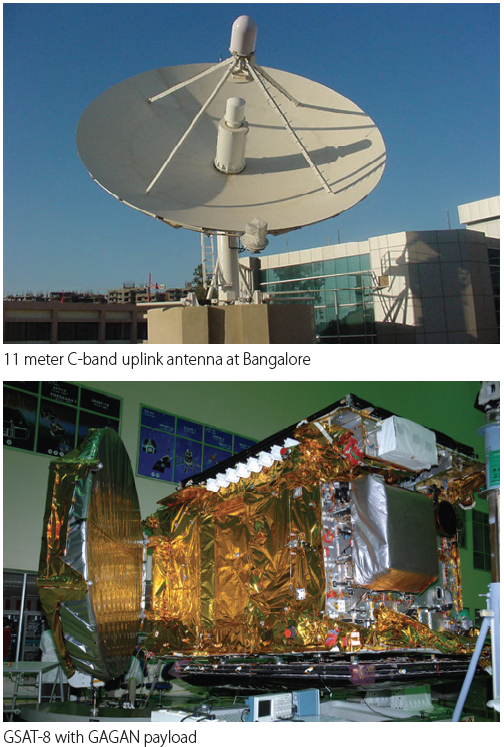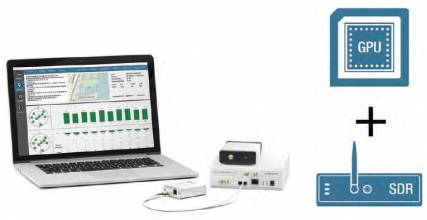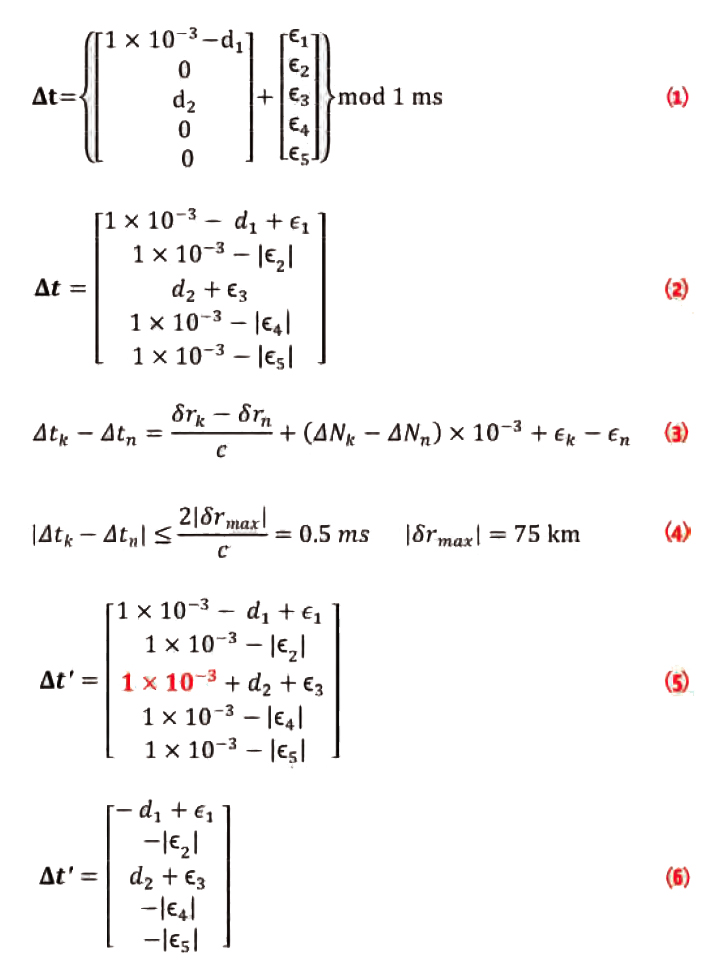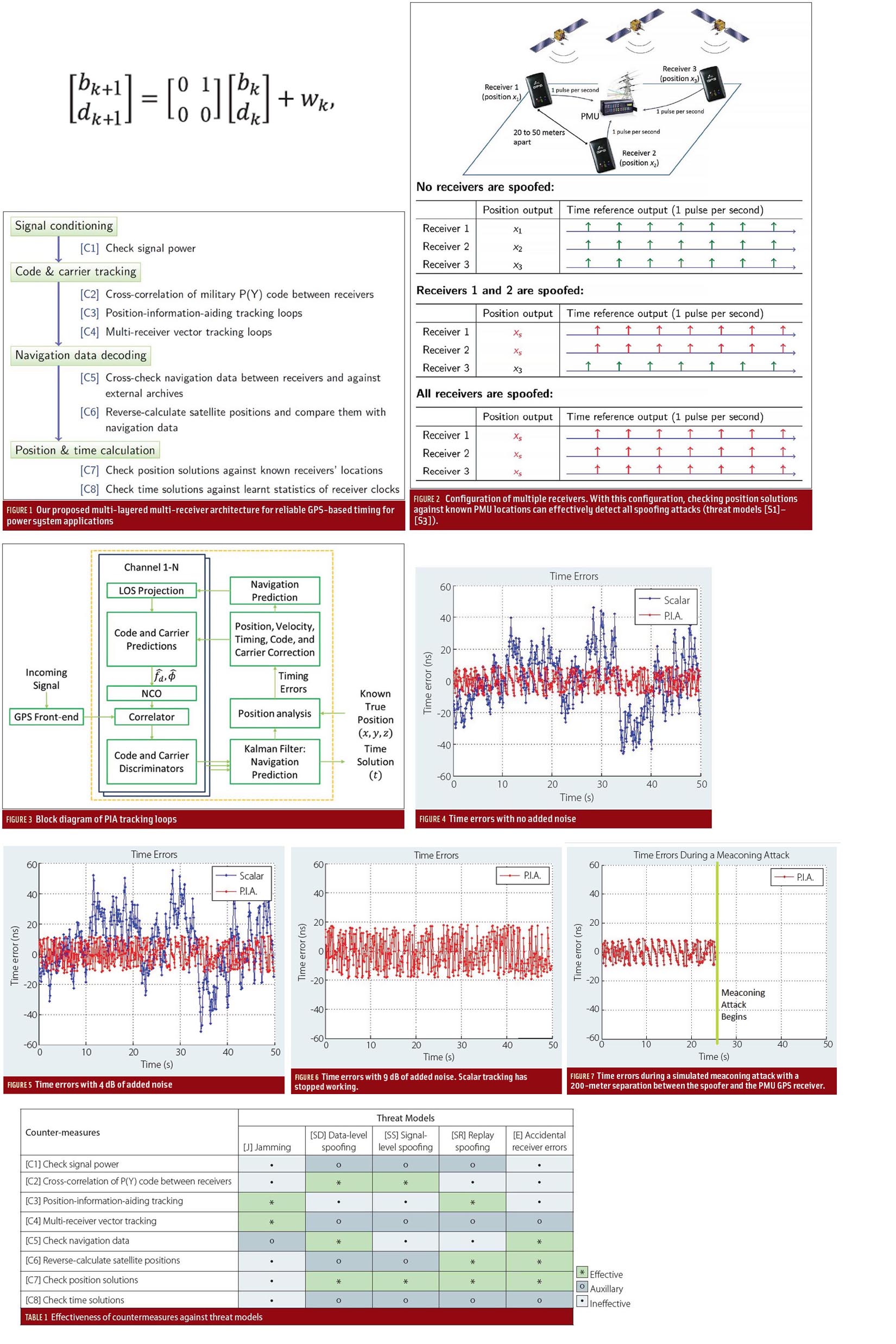u-blox Releases Integrated Antenna GNSS Receiver
 u-blox SAM-M8Q GNSS receiver.
u-blox SAM-M8Q GNSS receiver. Thalwil, Switzerland-based u-blox has released its SAM-M8Q GNSS receiver with integrated antenna. The compact SAM-M8Q module speeds time to market for GNSS system developers who have limited experience in radio frequency (RF) and antenna design, the company said.
SAM-M8Q, housed in a 15.5 by 15.5 x 6.3 millimeter package, can be embedded in small devices that require location information, the company said. These include asset tracking, telematics systems, and generic automotive after-market applications.
By Inside GNSS




